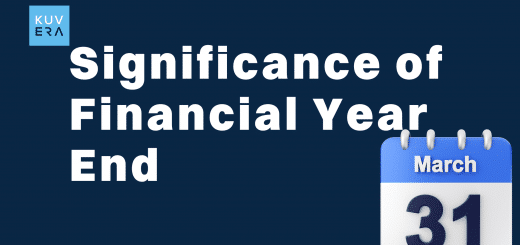
(This is the final part of a 4 part series. You can look at Read Part 1, Part 2 and Part 3 for continuity.)
Instead of an FD, let’s say you want to take more risk because you know that you have 5 years to reach your goal and that equities give you better returns over long horizons. For example, the CNX NIFTY, an index comprising the top 50 stocks, has delivered a 12% compounded return over the last 20 years. So if you had invested in an Index fund that invests only in NIFTY stocks in the same proportion as the NIFTY itself, you would have made a 12% compounded return on your investments. That’s 10x in 20 years..!
There’s enough evidence to show that over longer periods, investments in equities are more likely to outperform cash and fixed deposits. Mutual funds are a smart way to invest in equities without requiring you to make specific stock selection decisions and constantly monitor stock markets. You can start by investing small amounts and yet benefit from diversification. Perhaps exploring Mutual Fund investments in this case can be a viable option.
Let us see look at the next two methods with this in mind.
Method 3: Monthly Investment Required Rs 32,395/-
Now you choose a portfolio comprising of equity and debt mutual funds, and estimate that they can deliver you a compounded return of 10%. By investing Rs 32,395 in these mutual schemes every month, in 60 months your investments could be worth Rs 25 lakhs. And you can do this by setting up a Monthly Systematic Investment Plan (SIP) for each of the schemes so that each month the investments go through automatically without you having to lift a finger!
And every month the amount that need to put aside will be Rs 9,271 less or a saving of Rs 5.56 lakhs over 5 years as compared to Method 1.
There is risk in investing in mutual funds and their performance cannot be predicted with any certainty. This means that if your investments grow slower than 10% you will need to wait a bit longer to buy the house. This is the downside risk of Mutual Fund investing. But on the upside, if your investments perform better than 10%, you will reach you goal earlier.
Method 4: Starting Monthly Investment Required Rs 27,017/-
Let’s start this section with a question. At what rate do you expect your income to grow every year? 10% is a fairly good estimate so let’s work with that. Suppose you increase the amount invested in the schemes you selected in Method 3 by 10% every year. Seems manageable, right? Because it is in line with your increasing income.
If yes, then you could reach you goal of Rs 25 lakhs by just investing INR 27,017 per month for the first 12 months, INR 29,718 for the next 12 months and so on.
See what’s happening here. You can start with a much lower amount and yet reach your goal. In fact, every month the amount that need to put aside will be nearly Rs 14,650 less when you start off as compared to Method 1.
We call Method 4 the Investment More Tomorrow (IMT) plan. You can read about it at 009. Invest More Tomorrow SIP – a better SIP for you.
Of course, investing in Mutual Funds is subject to market risks. You should read the offer documents of each scheme that you invest in carefully before making the investment decision.
Further, in any of the methods discussed above, to keep things simple, we have not factored tax and inflation into the calculations.
The methods listed above are not comprehensive as there are many more approaches to building up a corpus such as by investing in bonds, equities, gold or various other asset classes and have selected a few to present some approaches to help achieve your goal.
That brings us to the end the of our Goal Visualization series. We have made some simplifications for the blog. So, please write in if you have any questions or clarifications and we’ll be happy to respond.
Visit www.kuvera.in to invest in “Direct Plans” of Mutual Funds and save BIG on commissions!!!
#MutualFundSahiHai, #KuveraSabseSahiHai










